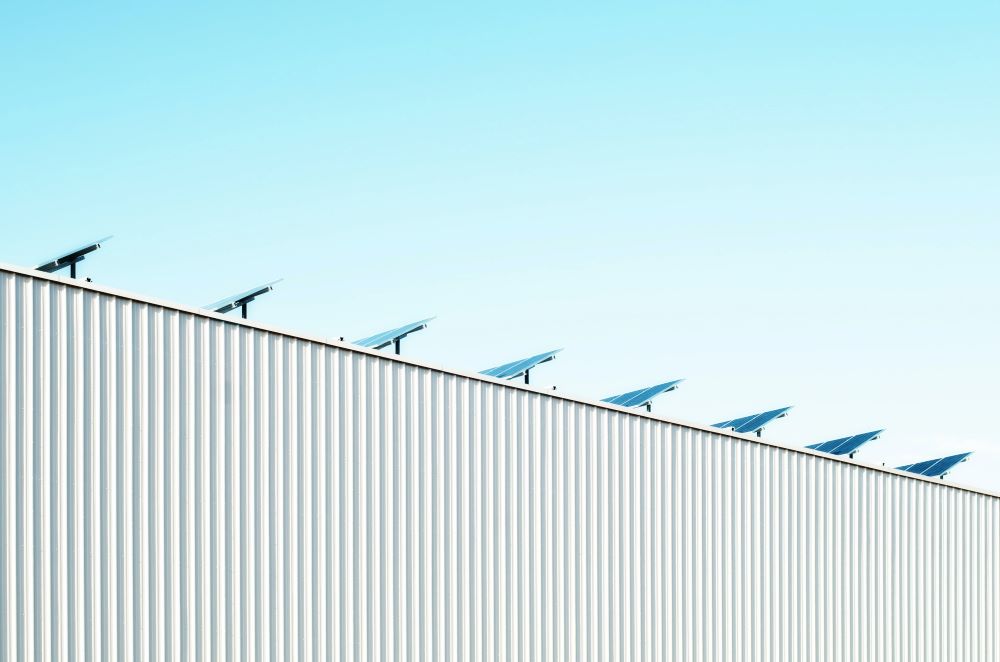By taking advantage of all the emerging energy-saving technology, we can tackle global warming by decreasing our reliance on harmful fuel sources.
As people worldwide struggle with environmental issues, the need for sustainable solutions to energy conservation has gained international attention. Technological developments completely change how we generate, distribute, and use energy. The subject of energy technology is continually evolving. We will examine the developments in energy-saving technology and how they’ll impact our future regarding energy sustainability.
Renewable Energy Sources
The landscape of sustainable energy generation has shifted. More people worldwide are switching to more environmentally friendly energy solutions. Various renewable energy sources exist. In addition to being self-replenishing and natural, they typically leave little to no carbon imprint. There are myriad sustainable energy sources. These sources include solar, wind, hydroelectricity, tidal and bioenergy, and fuel from burning organic matter.
New Products in Solar Power
In the field of renewable energy, solar power remains dominant due to continuous developments that reduce costs and enhance efficiency. Among the more current developments is perovskite solar cell technology. These cells offer better efficiency and cheaper production costs than conventional silicon-based solar panels.
Researchers are also investigating incorporating solar technology into building materials to optimise energy production in urban settings, such as solar windows and roof tiles. Utility Bidder offers many energy-saving solutions as it has many solar power innovations.
Developments in Wind Energy
Turbine efficiency and design innovations drive the wind energy industry’s explosive expansion. Next-generation wind turbines are more prominent, taller, and fitted with sophisticated monitoring systems to maximise performance. Offshore wind farms, which can collect high ocean winds, are showing promise as a new avenue for the growth of renewable energy. Additionally, advancements in material science and blade design have improved wind turbine longevity and dependability.
Advances in Hydroelectric and Geothermal Energy
Hydroelectric and geothermal power technologies are evolving to enhance energy output while minimising negative environmental impacts. Increasingly effective resource mapping techniques and advanced turbine designs result in hydroelectric dams and geothermal power plants. Enhanced geothermal systems (EGS) are expanding the potential for producing sustainable energy in geologically diverse regions by releasing hitherto unexplored geothermal reservoirs.
Solutions For The Energy Solutions
Because renewable energy sources are intermittent, reliable and stable grid operations depend on efficient energy storage systems. Energy storage technologies are needed to balance supply and demand and facilitate a more profound blending of renewable energy sources into the power system and grid.
Lithium-Ion Batteries
Lithium-ion batteries are now established as the industry standard for energy storage applications, electric cars, and grid-scale energy storage facilities. Continuous research is being done to enhance lithium-ion batteries’ energy density, longevity, and safety. The research will help make them more economical and ecologically benign. Developments in battery management systems and recycling techniques are also facilitating a more sustainable battery environment.
Flow Energy Storage and More
Flow batteries offer great promise as a grid-scale energy storage substitute for traditional lithium-ion technology. Long-term liquid electrolyte storage in these batteries’ external tanks enables scalability. Flow battery systems are being researched to make them more efficient and less expensive to facilitate their broad commercial application. Apart from flow batteries, other more recent developments that might significantly alter the energy storage scene are solid-state batteries and hydrogen storage devices.
Smart Grid Technologies
Incorporating digital technologies into power grids has changed how energy is created, distributed, and consumed. Innovative grid technologies make real-time energy flow monitoring, optimisation, and control possible, increasing resilience and efficiency.
Advanced Metering Infrastructure (AMI)
With advanced metering technology, many plans can be implemented. These include a demand response plan, remote meter reading, and dynamic pricing. It allows for two-way communication between utilities and customers. Smart meters give users real-time data on how much energy they use, enabling them to reduce their electricity costs and make wise decisions. AMI also facilitates the grid’s integration of renewable energy sources and electric vehicles, fostering a more flexible and sustainable energy ecology.
Distribution Automation
Power distribution networks can be made more dependable and efficient by utilising distribution automation technologies, which use automation systems, communications networks, and sensors. Automated fault identification and isolation capabilities save downtime and enhance grid resilience in locations vulnerable to harsh weather or grid disturbances.
Advanced distribution management systems (ADMS) help utilities minimise energy losses, optimise network operations, and integrate distributed energy resources seamlessly.
Energy-Efficient Buildings
Since buildings use a large amount of the energy consumed worldwide, energy-efficient building design and retrofitting are crucial for lowering carbon emissions and slowing down the effects of climate change. Building construction and operation are revolutionising thanks to cutting-edge technologies and design principles that increase occupant comfort and energy efficiency.
Passive Building Design

Passive building design concepts prioritise optimising natural lighting, ventilation, and thermal insulation to reduce energy consumption. Triple-glazed windows and insulated walls are high-performance building envelopes that cut heating and cooling loads, lowering energy costs and carbon emissions. By utilising solar energy for lighting and heating, passive solar design techniques help to minimise the need for mechanical systems further.
Smart Building Technologies
Sensors, controls, and automation systems are all integrated with intelligent building technologies to maximise energy efficiency and occupant comfort. Building management systems (BMS) monitor and modify the facility’s HVAC, lighting, and other systems based on occupancy trends, weather, and energy costs. Personalised comfort settings and real-time feedback are occupant-centric features that improve user experience and encourage energy conservation.
Furthermore, building operators can find potential for energy savings and continuously improve building efficiency using advanced analytics.
Conclusion
As technology continues to evolve, so do our choices for renewable energy sources, which have helped create a more sustainable future. By taking advantage of all the emerging energy-saving technology, we can tackle global warming by decreasing our reliance on harmful fuel sources such as fossil fuels and focusing on creating a cleaner, greener planet for future generations.


Join the conversation!